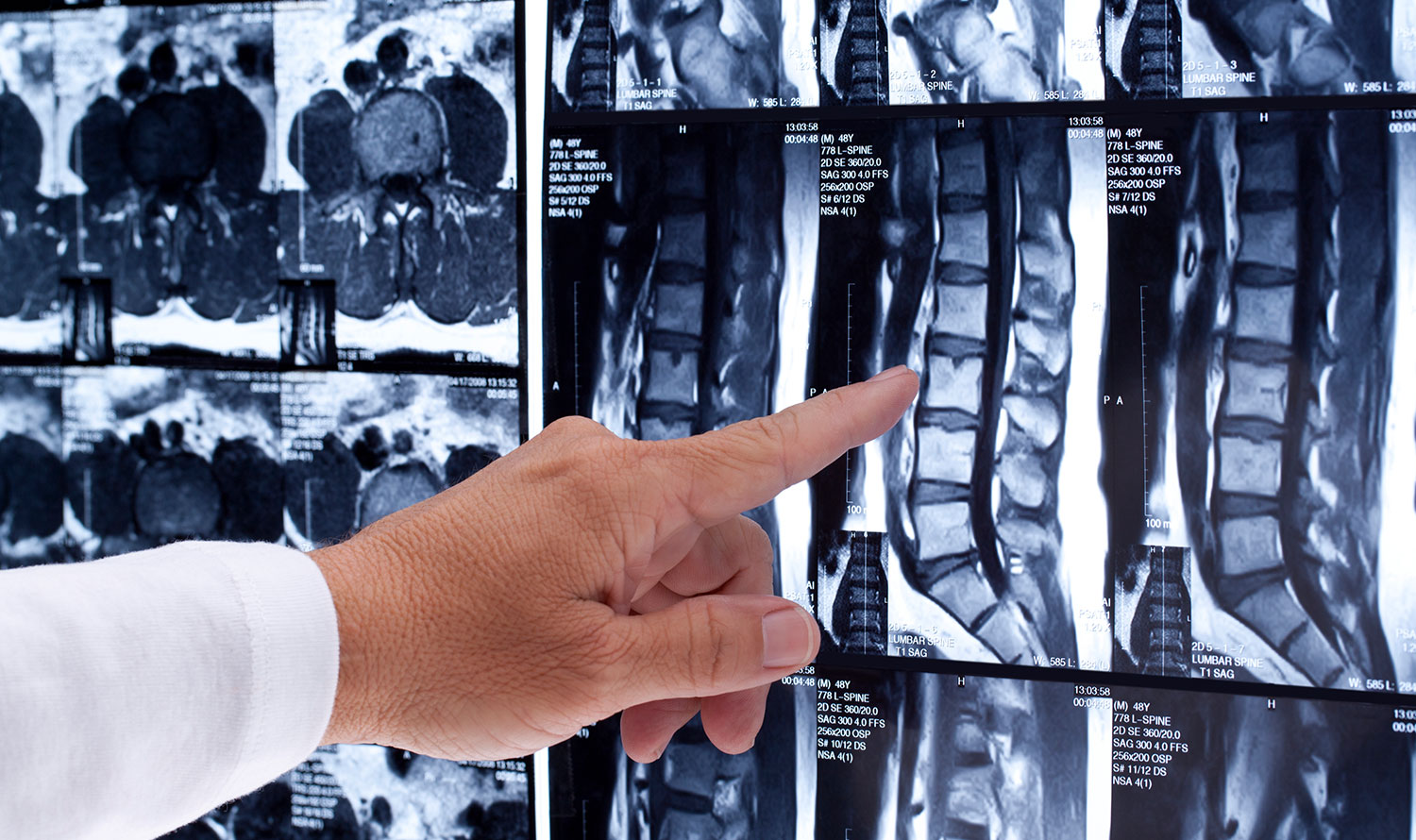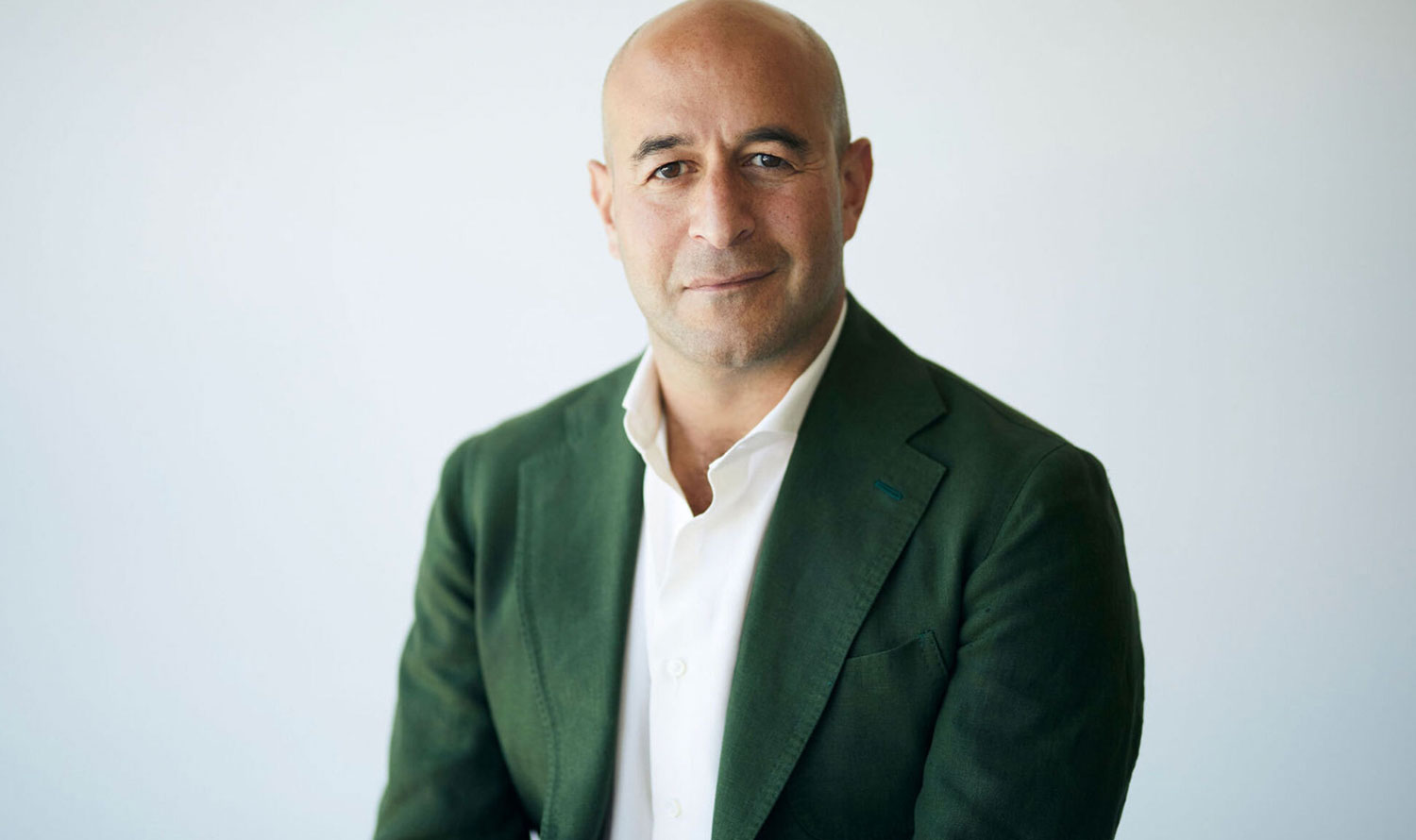Minimally invasive spine surgery refers to a wide range of procedures that involve making a few small incisions to perform spine surgery. Traditional (open) spine surgeries involve one long incision, through which the surgeon makes the necessary adjustments to the spinal column, vertebrae, spinal discs, and nerve roots. But minimally invasive spine surgery is performed through a few small incisions, usually under fluoroscopy guidance, thus ensuring better results with minimal risks.
Dr. Kakoulides often performs minimally invasive spinal surgery on Long Island (instead of open surgery) because it minimizes blood loss during surgery, minimizes the risk of complications, involves less pain, and ensures faster recovery. Most patients can resume most daily activities within a few days instead of a few weeks. Thanks to advanced tools and techniques, open surgery is no longer necessary and, in fact, should be avoided.







